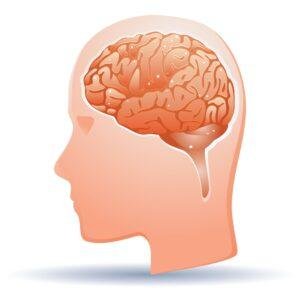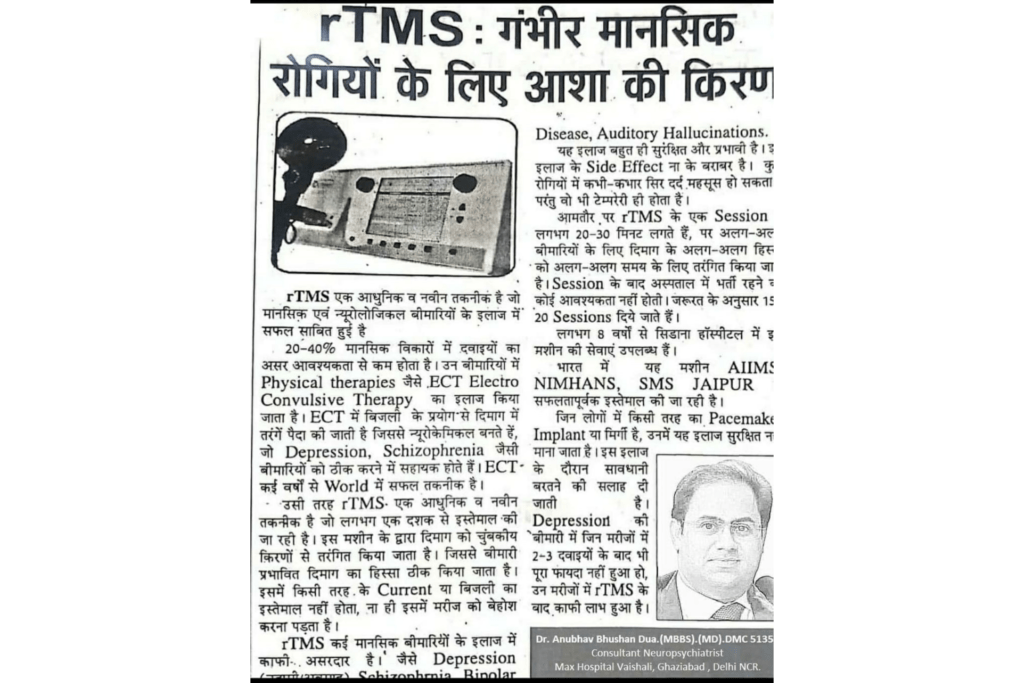Repetitive Transcranial Magnetic Stimulation (rTMS) for Treating Depression


An Alternative Treatment Option for Acute Depression
When other medication-based therapies for depression fail, doctors may suggest repetitive transcranial magnetic stimulation as an alternative treatment. it involves using magnetic stimulation to target specific regions of the brain, which has been used since 1985 to alleviate intense feelings of sadness and despair associated with depression.
Why is rTMS used?
It is an FDA-approved treatment option for individuals who have not achieved enough relief from conventional treatments like psychotherapy and medication to deal with acute depression. It is also sometimes used in conjunction with traditional treatments such as antidepressants.
Who can benefit from rTMS?
If you have tried other depression treatments, such as antidepressants, without success, and your health is not suitable for procedures like Electro Convulsive Therapy (ECT), then it may be a viable option for you.
How does rTMS work?
It is a non-invasive procedure that takes 15 to 30 minutes to complete. During a typical rTMS session, you will be seated in a reclined position as a healthcare provider places a specialized electromagnetic coil near the area of the brain that governs mood. The coil creates magnetic stimulation for the brain, which may feel like subtle tapping on the head. These stimulations create electrical currents in the cells that help reduce depression. Some practitioners may place the coil in different areas of the head. After rTMS, you can resume your regular activities, including driving.
Who should avoid rTMS?
Although it has few side effects, there are some people who should not undergo this treatment. If you have metal implants in your head or neck, aneurysm clippings, bullet fragments, or shrapnel close to the brain, cardiac pacemakers, or implantable cardioverter defibrillators (ICD), facial tattoos containing magnetic ink or ink that is sensitive to magnets, planted stimulators, metal implants in the eyes or ears, or stents in the throat or brain, you should avoid rTMS. A comprehensive examination and medical history are taken before using this therapy.
What is the duration of rTMS?
The duration of the treatment session is usually between 15 to 30 minutes, five times a week, for a period of 2 to 4 weeks, which may be adjusted based on individual response. Psychiatrists will make a personalized prescription for each individual treatment.


Follow us on Facebook.
